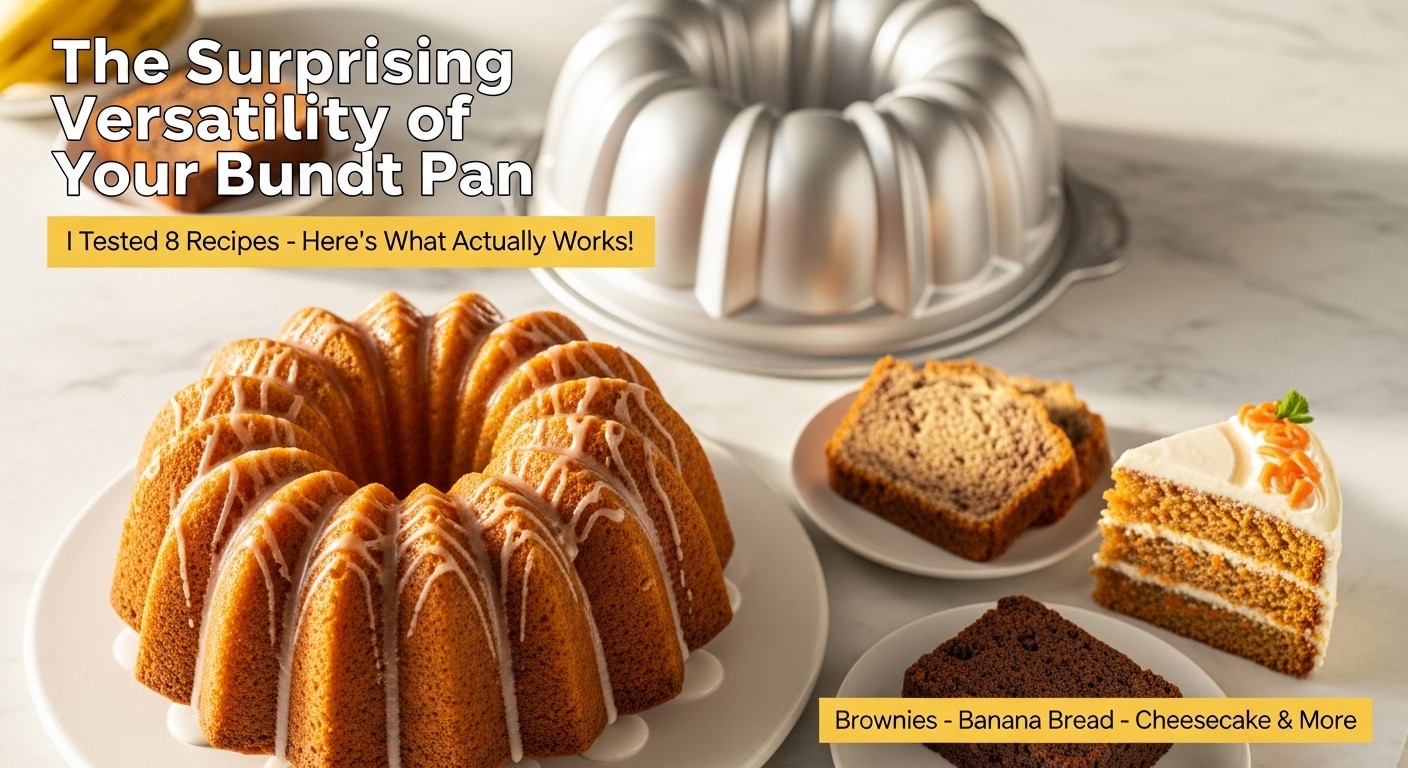
I'll be honest with you—for years, my bundt pan sat in the back of my cabinet collecting dust. I'd pull it out maybe once a year to make a basic pound cake for the holidays, then wash it and tuck it away again. What a waste! It wasn't until I ran out of loaf pans one busy Saturday that I discovered just how incredibly versatile this pan actually is.
If you've been wondering whether you can make different types of cakes and treats in your bundt pan, I'm here to tell you that the answer is usually yes—but with some important caveats. After months of experimenting (and a few spectacular failures), I've learned what works beautifully, what needs adjustments, and what you should probably avoid altogether.
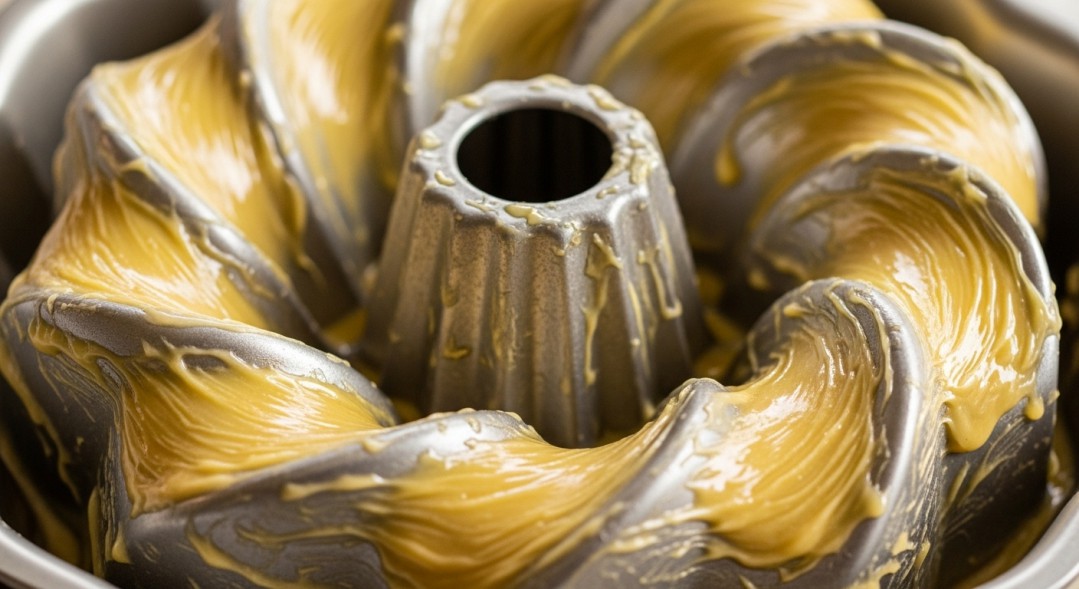
What Makes Bundt Pans Special?
Before we dive into specific recipes, let's talk about what makes bundt pans unique. That decorative shape isn't just for show. The center tube actually serves a crucial purpose: it allows heat to reach the middle of your batter from the inside out. This means thicker, denser batters cook more evenly than they would in a regular cake pan.
The intricate designs, while gorgeous, do present a challenge. All those nooks and crannies can trap your cake if you don't prepare the pan properly. I learned this the hard way when half my first carrot cake stayed glued to the pan. Trust me, you want to be generous with your butter and flour—or better yet, use a baking spray with flour already in it.
The Natural Fits: Cakes That Love Bundt Pans
Pound Cake: The Perfect Match
If there's one cake that was born to be in a bundt pan, it's pound cake. The dense, buttery batter fills those curves beautifully and releases cleanly when you've prepared the pan right. I actually prefer making pound cake in a bundt pan now instead of a loaf pan because it bakes more evenly and looks impressive with minimal effort.
The only adjustment I make is checking for doneness about 5-10 minutes earlier than my loaf pan recipe suggests. The bundt pan's superior heat distribution means things cook a bit faster. Just insert a toothpick into the thickest part—when it comes out clean or with just a few moist crumbs, you're done.
Carrot Cake Gets a Glow-Up
Carrot cake in a bundt pan is absolutely stunning. The moist, dense texture works perfectly with the pan's shape, and something about that beautiful ring presentation makes it feel extra special. I've made this for several family gatherings, and it never fails to get compliments.
Here's my trick: I use a slightly thinner cream cheese glaze instead of traditional thick frosting. Let the cake cool completely, then drizzle the glaze over the top so it runs down all those ridges. It looks bakery-professional with about one-tenth of the effort. Plus, the glaze seeps into all the crevices, which means every bite has that tangy cream cheese flavor.
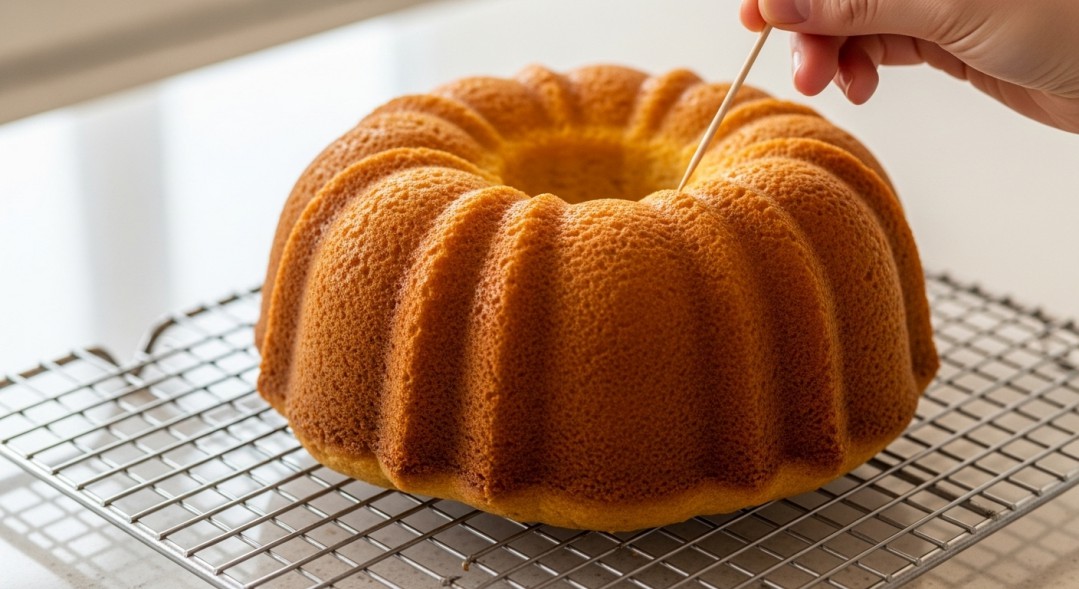
Regular Cake Mix: Your Shortcut to Success
This was a game-changer for me. Yes, you can absolutely use boxed cake mix in a bundt pan! In fact, most standard cake mixes produce exactly the right amount of batter for a 10 or 12-cup bundt pan.
The key is following the package directions exactly but adjusting your baking time. I usually add about 10-15 minutes to the recommended time and start checking for doneness around the 40-minute mark. The cake should spring back when you gently press the top, and a toothpick should come out clean.
The Adaptable Ones: Recipes That Need Tweaks
Banana Bread: Dense and Delicious
Banana bread was my accidental discovery that started this whole bundt pan journey. I needed to make two loaves for a bake sale but only had one loaf pan clean. On a whim, I poured the second batch of batter into my bundt pan, and you know what? It turned out even better than the loaf.
The center tube helped the thick, heavy banana bread bake through completely without getting that dreaded raw middle. My standard recipe took about 50 minutes in the bundt pan versus 65 minutes in a loaf pan. Just keep an eye on it and test with a toothpick frequently toward the end.
One word of caution: banana bread can be sticky, so really go overboard with greasing your pan. I use both butter and a dusting of flour, making sure to get into every single groove.
Chiffon Cake: A Delicate Situation
Chiffon cake in a bundt pan is technically possible, but here's where things get tricky. Traditional chiffon cake recipes tell you NOT to grease the pan because the batter needs to cling to the sides as it rises. But bundt pans have all those decorative details that will absolutely trap your cake if you don't grease them.
I've found a middle ground: I very lightly grease just the bottom and the tube, then leave the sides barely greased. It's not perfect, and honestly, I still prefer making chiffon in a regular tube pan. But if bundt is all you have, it can work—just know that your cake might not rise quite as high and you'll need to be extra gentle when removing it.
Brownies: Think Outside the Square
Making brownies in a bundt pan sounds weird, I know. But hear me out. If you're making cake-like brownies (not the super fudgy kind), a bundt pan actually works surprisingly well. The shape makes for a fun presentation, and you can fill the center with ice cream, berries, or whipped cream for a show-stopping dessert.
The catch? You need to use a recipe that produces a sturdy, cake-like brownie. Fudgy brownies are too dense and won't bake evenly in a bundt pan—you'll end up with overcooked edges and an undercooked center. I learned this after making what I can only describe as a chocolate hockey puck with raw batter in the middle.
For best results, look for brownie recipes that call for a full cup of flour or more. Bake at 325°F instead of the usual 350°F to prevent over-browning, and check for doneness starting at 30 minutes.
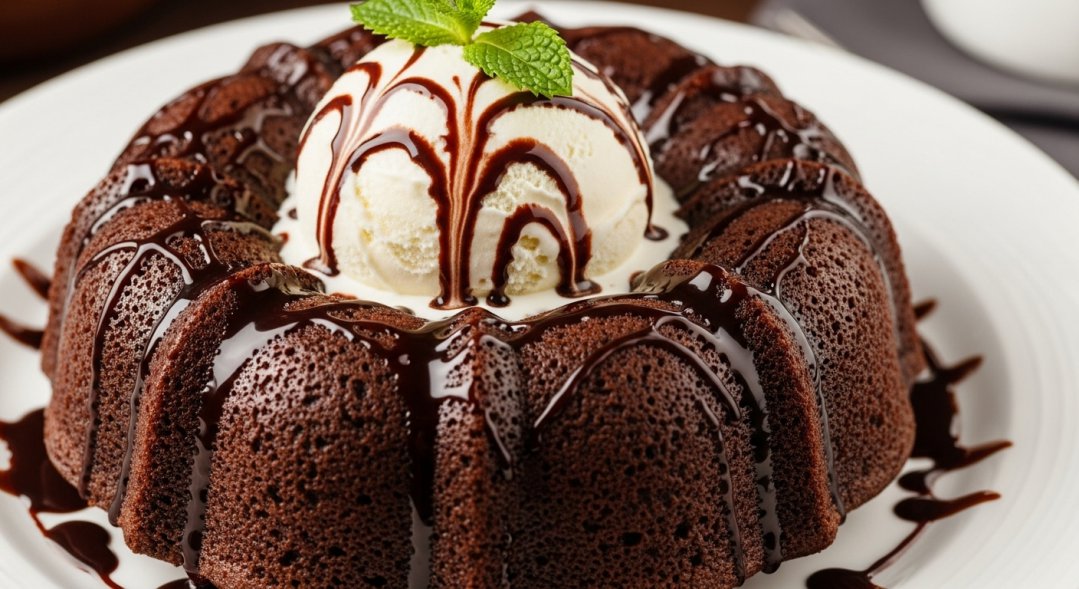
The Problematic Ones: Proceed with Caution
Angel Food Cake: Just Don't
I'm going to save you some heartbreak here: don't make angel food cake in a bundt pan. I tried it once because someone asked me if it was possible, and it was a disaster. Angel food cake needs to cling to an ungreased pan as it bakes and cools (it actually cools upside down!). If you grease a bundt pan to prevent sticking, the delicate cake will collapse. If you don't grease it, good luck ever getting that cake out in one piece.
Angel food cake belongs in an ungreased tube pan with straight sides. There's really no way around it. Some battles aren't worth fighting, and this is one of them.
Cheesecake: Complicated but Not Impossible
Cheesecake in a bundt pan is theoretically possible, but it's finicky enough that I rarely bother. The main issue is that most cheesecakes need a water bath to prevent cracking, and bundt pans aren't designed to sit in water. Plus, the dense cheesecake batter can be difficult to release from all those decorative grooves.
That said, I have seen recipes specifically designed for bundt pan cheesecakes that skip the water bath and use different techniques to prevent cracking. If you want to try it, look for a recipe that's specifically written for a bundt pan rather than trying to adapt your favorite cheesecake recipe. You'll save yourself a lot of frustration.
Essential Tips I've Learned the Hard Way
After all my bundt pan experiments, here are the golden rules I follow every single time.
Greasing is everything. I cannot stress this enough. Use a baking spray that contains flour, or brush melted butter into every ridge and crevice, then dust with flour. Tap out the excess. Don't skip this step or get lazy about it—your future self will thank you.
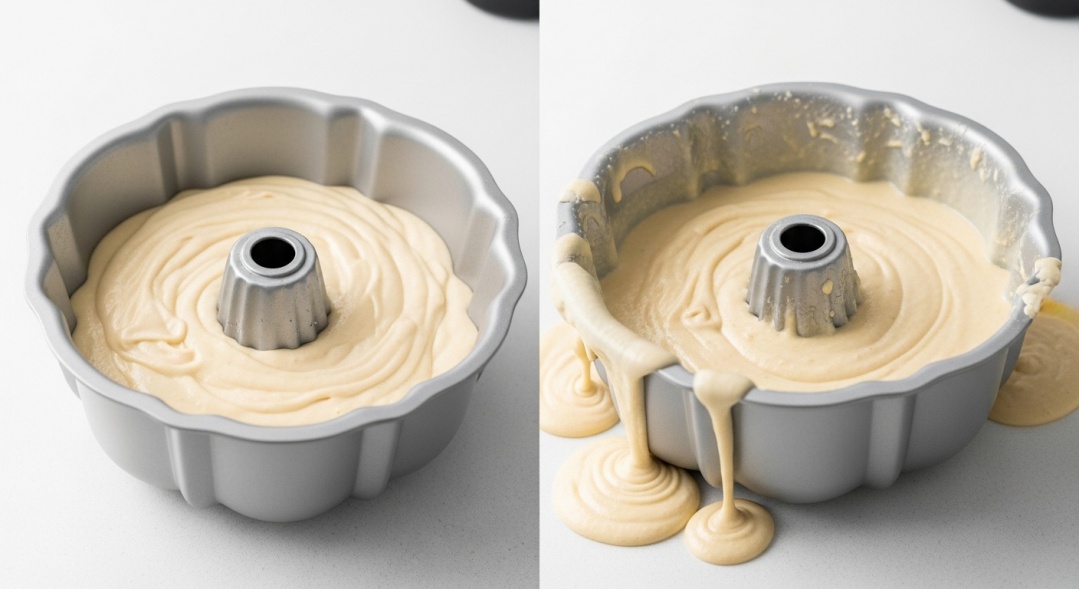
Let it cool properly. This was hard for me to learn because I'm impatient. But you need to let your cake cool in the pan for about 10-15 minutes before turning it out. If you try to remove it while it's too hot, it'll fall apart. If you wait too long, it'll stick. Set a timer so you don't forget about it.
The right amount of batter matters. Your bundt pan should be about two-thirds full. Too much batter and it'll overflow; too little and it won't have that impressive shape. Most 10-12 cup bundt pans need about 6 cups of batter.
Test for doneness carefully. Insert your toothpick or cake tester at an angle toward the center tube, not straight down through the top. You want to test the thickest part of the cake. If you're getting wet batter on your tester but the top looks done, cover the cake loosely with foil and keep baking.
My Quick Reference Guide
So, can you make it in a bundt pan? Here's my cheat sheet:
Definitely yes: Pound cake, carrot cake, regular cake mix, coffee cake, sour cream cake, butter cakes
Yes with adjustments: Banana bread, quick breads, cake-like brownies, chiffon cake (not ideal but workable)
Not recommended: Angel food cake, fudgy brownies, delicate sponge cakes
Technically possible but tricky: Cheesecake, soufflé-style cakes
The Bottom Line
Your bundt pan is capable of so much more than you probably think. Since I started experimenting, mine has gone from a once-a-year tool to something I reach for at least twice a month. There's something satisfying about the way a bundt cake looks—like you put in way more effort than you actually did.
Don't be afraid to experiment, but start with recipes that have sturdier batters. Pay attention to your greasing technique, watch your baking times, and be patient with cooling. Most importantly, don't get discouraged if your first attempt isn't perfect. I've had cakes stick, collapse, and undercook, but I've also created some of my favorite desserts in that pan.
That dusty bundt pan in your cabinet has been waiting for its moment to shine. Maybe it's time to give it a chance.
Leave a Reply